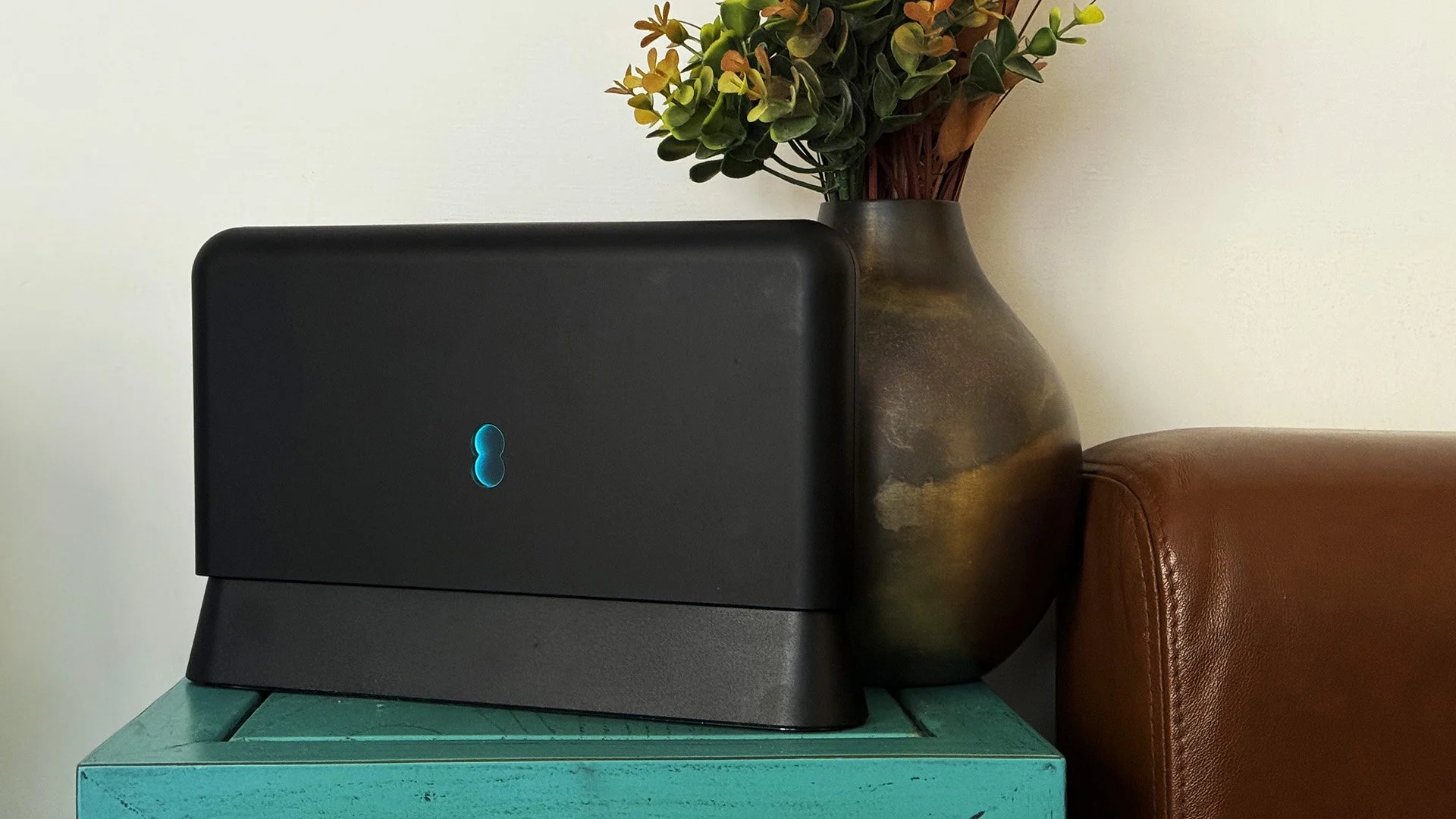BT Full Fibre
There is still a major “digital divide” in the UK despite the issue being on the political agenda for the last decade or so. Rural areas still suffer from slow internet speeds and a lack of choice with regards to ISPs. It is the wealthy urban communities that tend to have the best internet infrastructure and thus the best services. There are many third party companies that have been proactively installing fibre and competing against former monopoly holder British Telecommunications in recent years. The borough where I live has already seen Virgin Media roll out its cable services and offer customers 1Gbps internet connections. Hence BT has expedited the implementation of its Full Fibre service over the last twelve months, in a proactive attempt to compete and win back its share of the market. They are currently offering a range of services at very favourable prices. Something I decided to avail myself of.
As an existing BT customer, I have recently been paying for a Fibre to the Cabinet broadband service of 50Mbps. Our household’s existing package also includes BT TV; a terrestrial and IP TV package via a bespoke DVR, along with a SIM only mobile call plan and an old school analogue landline. This is hardly a bad service compared to other parts of the UK. However, having access to Fibre to the Premises and potential speeds of 900Mbps is a major selling point so I did some investigating to see what sort of upgrade I could get for a nominal price increase. I was pleasantly surprised by the results. We were offered a deal where we could keep all the extras such as the TV and SIM package exactly as it is and move on to Full Fibre 100 which is the base level FTTP service. It provides speeds of 150Mbps and for the first six month the price is discounted, meaning a saving of £10 a month. When the discount expires, the full price is still reasonable, so we accepted the offer.
Yesterday, a BT engineer came to our house and installed the new BT Full Fibre service. A new cable was connected to the property from the telephone pole outside. A small junction box was discretely installed on the side of the house and the cabling tidily hidden from view. A small hole was drilled through the outside wall into the corner of the spare room which I use as an office. The world’s smallest modem was then attached above the skirting board, next to my desk. The whole enterprise took less than an hour. I’ve kept my existing router which now connects to the new modem instead of the traditional BT master phone socket. Internet speeds were immediately at the rate specified. The disruption to internet access was minimal. Another change worth mentioning is that our previous telephone handset for the landline has been superseded by a new one which works via voice over IP.
The internet is an integral part of my day to day life. Hence, upgrading my home internet connection to FTTP is no different in my opinion to building an extension to my house or buying a bigger car to accommodate a growing family. I am simply increasing capacity to support increased usage. Nobody ever says “ I need less internet bandwidth”. The cost of this enterprise has been acceptable and within our household budget. We’ve signed another two year contract with BT but as our business relationship with them is equitable, this does not present any problems. Now that FTTP has been installed, the bandwidth can be increased at a future date if it is required. Once again, I consider myself very fortunate to live in an area where such infrastructure is in place and accessible. Should we move house in the future, I suspect that internet access will be a key factor in our search and overall choice.





